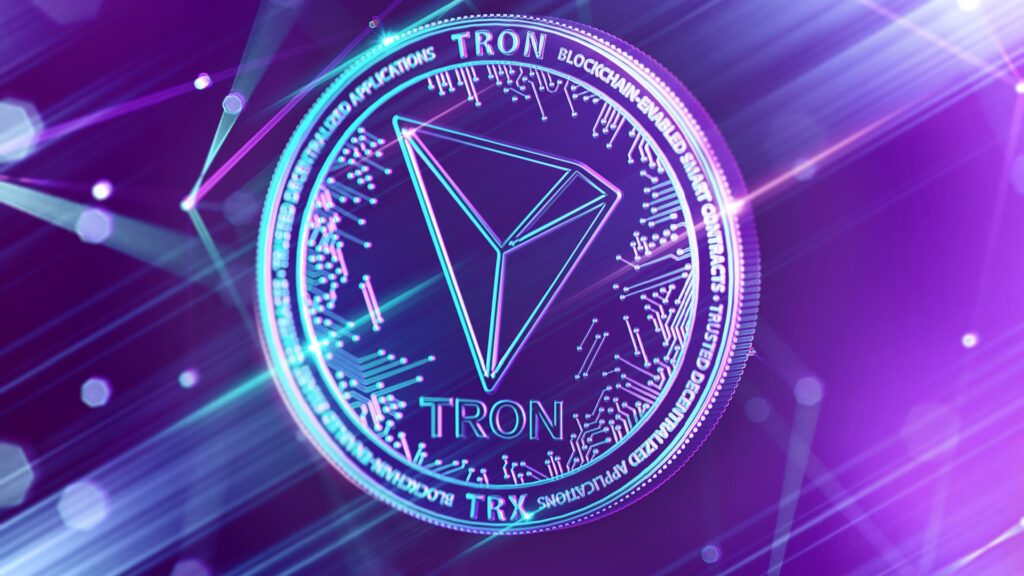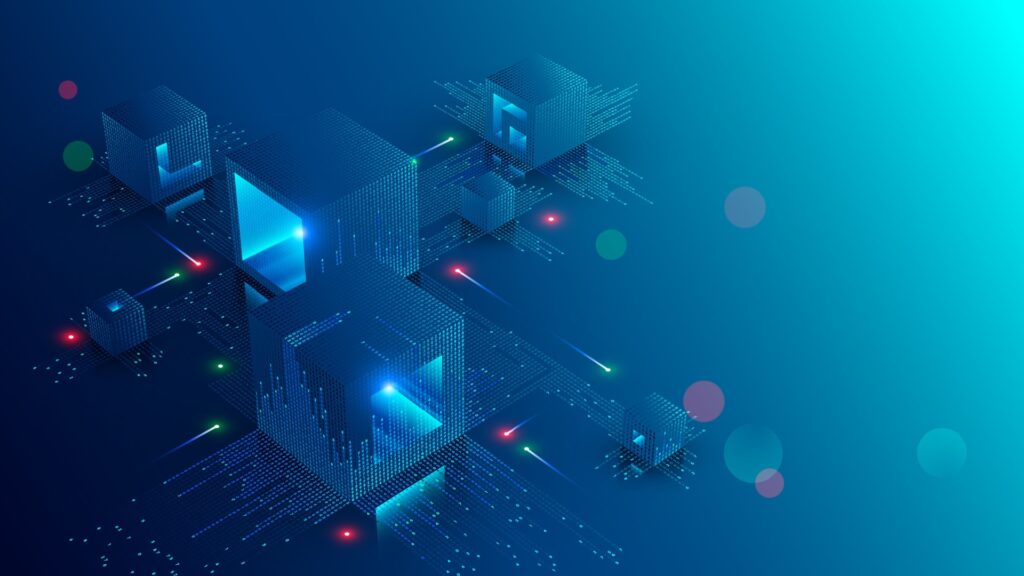Bandwidth and Energy are two fundamental concepts in the world of cryptocurrencies and blockchain technology. They play a crucial role in the efficiency of cryptocurrency networks and ensuring their security. Let's figure out what Bandwidth and Energy are and why they are important.
What is Bandwidth?
Bandwidth (throughput capacity) determines the amount of data that can be transmitted through a cryptocurrency network over a specific period. Bandwidth limits the number of operations a user or network node can perform within a given timeframe. This limitation is necessary to maintain stable network operations, prevent overloads, and ensure transaction security. Each cryptocurrency may have different characteristics and levels of Bandwidth restrictions. Bandwidth is measured in bytes and is updated every minute.
What is Energy?
Energy is the energy consumption required to perform operations in a blockchain network. Energy is a resource necessary for the network's operation, executing transactions, generating new blocks, and maintaining system security. Each transaction requires a certain amount of Energy to execute and record on the blockchain. Users can get Energy by locking their tokens for a specific period. The more tokens are locked, the more Energy is available for transactions.
Why are Bandwidth and Energy Needed?

Initially, cryptocurrencies were created as decentralized systems where operations are carried out thanks to the coordinated work of network participants. To ensure reliability and security, a vast number of transactions need to be processed and verified, requiring significant computational resources.
Bandwidth and Energy are necessary to maintain the security and efficiency of the blockchain. Bandwidth limits the number of transactions to prevent network overload and ensure its stable operation. Energy, on the other hand, enables transaction execution and prevents spam and network abuse.
Both resources are crucial to ensuring proper functioning of the network and the cryptocurrency ecosystem. Understanding these concepts helps users efficiently use network resources, perform transactions, and interact with decentralized applications on the platform.
Basic Principles of Bandwidth and Energy
The emergence of Bandwidth is related to the fact that blockchain is a distributed system, and each network node must be able to process and verify transactions. Limiting throughput helps evenly distribute the load on the network, avoid overload, and ensure fast processing of operations.
Bandwidth operates on the principle of dynamic resource allocation. This means that each user has access to a certain amount of Bandwidth that can be used for executing transactions. To increase the available Bandwidth amount, a user can lock a certain amount of cryptocurrency tokens for a specified period.
Energy is used in the network to execute smart contracts, such as USDT TRC-20. This resource is replenishable, but unlike Bandwidth, it is not given for free. It can be replenished by burning tokens at a rate per unit of energy (which varies for each coin) or by freezing tokens in exchange for receiving Energy.
While Bandwidth is necessary for general network transactions, Energy is used for executing smart contracts.
How to Get Bandwidth: Using the TRON Blockchain as an Example

Bandwidth and Energy are crucial resources for the decentralized blockchain platform TRON. Their primary function is to ensure the smooth operation of the network for executing smart contracts.
Users can get TRON network bandwidth through a process called staking or freezing. Users earn bandwidth points by staking TRX, TRON's native cryptocurrency, locking their tokens for a specified period. It is worth noting that the longer the TRX freezing period, the more bandwidth points a user accumulates. The steps are as follows:
- Initiating a transaction or executing a smart contract.
- Deducting bandwidth points from the user's account (the required bandwidth depends on the complexity of the transaction).
- The used Bandwidth points are returned to the user and become available for future transactions after the current transaction is completed.
There are limitations to Bandwidth. If a user exhausts their allocated Bandwidth, they must wait for the network to replenish their Bandwidth points or freeze additional TRX to increase their bandwidth capacity.
How to Get Energy: Using the TRON Blockchain as an Example
Energy in the TRON network is used to execute smart contracts. Energy accumulates passively over time, regardless of whether the account holds TRX or not. The rate of energy accumulation is directly related to the amount of TRX stored in the account.
Simple smart contracts require minimal energy, while more complex ones consume a larger portion of the accumulated energy. When a user initiates the execution of a smart contract, the network consumes energy based on the contract's complexity.
Like Bandwidth, Energy has its limitations. If an account exhausts its available energy, it must wait for it to replenish over time before executing new smart contracts.
Principles of Fee Calculation in the TRON Network: Bandwidth and Energy Limits

Bandwidth Points are needed for regular transactions. Users can use up to 5,000 free points per day or freeze TRX to increase this amount. If the available Bandwidth points are insufficient, TRX will be deducted from the sender's account. The required amount of TRX is calculated as the number of bytes in the transaction multiplied by 10 SUN. 1 TRX = 1,000,000 SUN.
Energy Points are required for smart contracts. However, broadcasting and confirming transactions will cost Bandwidth points. The calculation principle is identical to the formula above.
Request transactions are free because they do not require Energy or Bandwidth points. Standard TRX transactions incur very low fees compared to other blockchains. Interacting with smart contracts on the TRON network can be quite resource-intensive, and the fee amount in this case depends on the overall Bandwidth requirement of the contract.
Staking, Bandwidth, and Energy: What is the Connection?
Bandwidth and Energy are the foundation of staking. There are many types of this technology that bring bonuses for freezing cryptocurrency or placing it somewhere for a certain period. But usually, staking is divided into two categories: active and passive.
Active staking - this involves locking tokens to the network with the aim of actively participating in it. Users can verify transactions and create new blocks to get rewards in tokens.
Passive staking - this is simply locking tokens to the blockchain network to ensure its security and efficiency. Passive staking of cryptocurrency does not take much time but usually brings fewer rewards in tokens compared to active participation.
Conclusion
Understanding how Bandwidth and Energy work in staking is necessary for participants to optimize their actions and maximize their profits. It is essential to regularly monitor your levels of Bandwidth and Energy to ensure they are sufficient for effective participation in the blockchain network. It is also important to manage these resources properly to avoid problems and ensure stable rewards from staking. Neglecting these aspects can significantly affect staking results and the overall efficiency of the participant in the system.